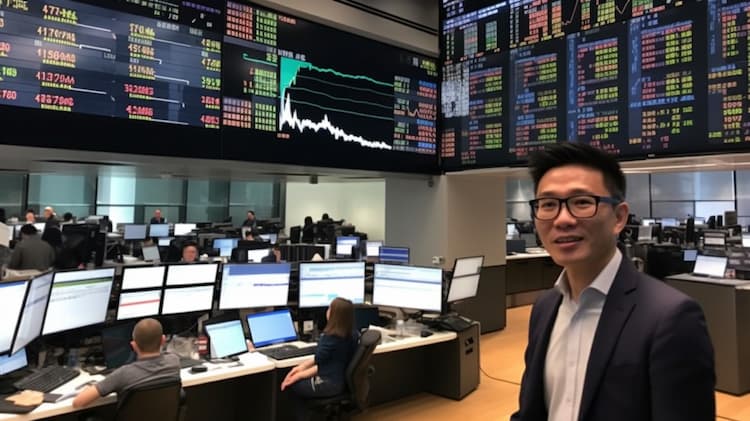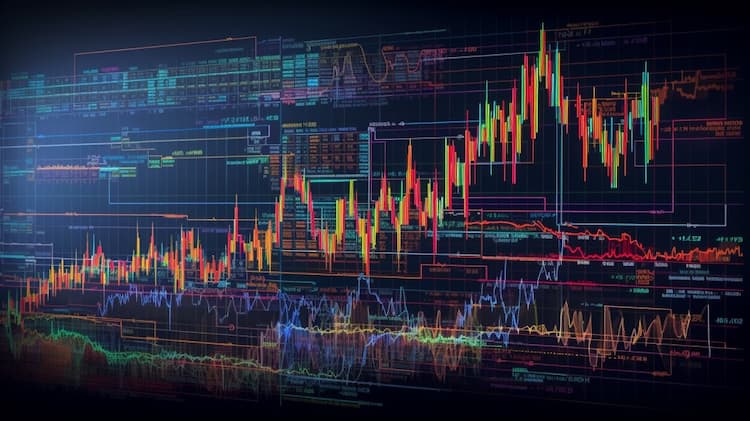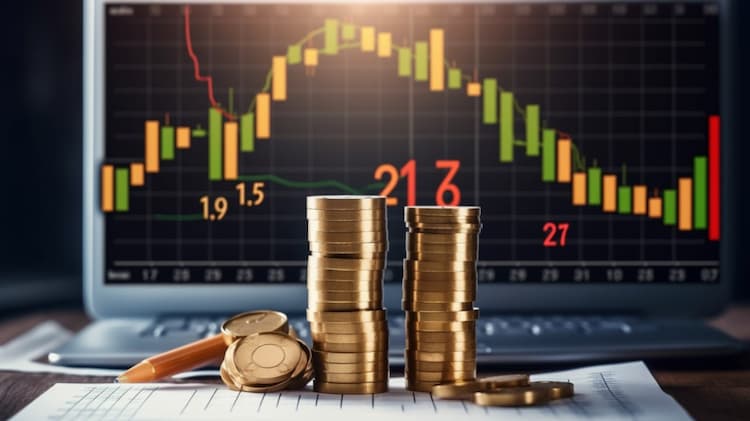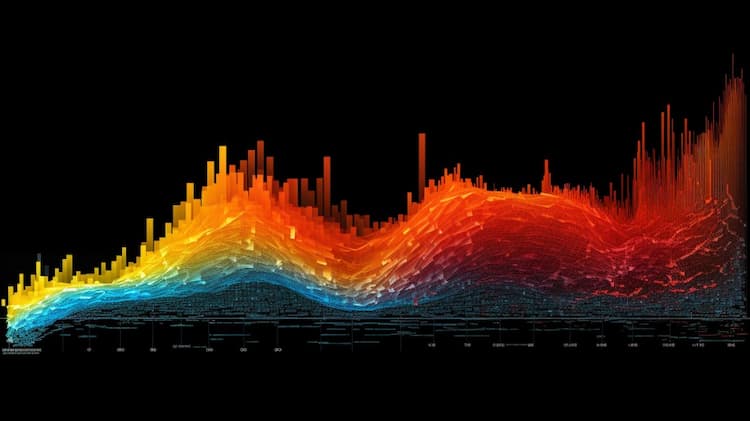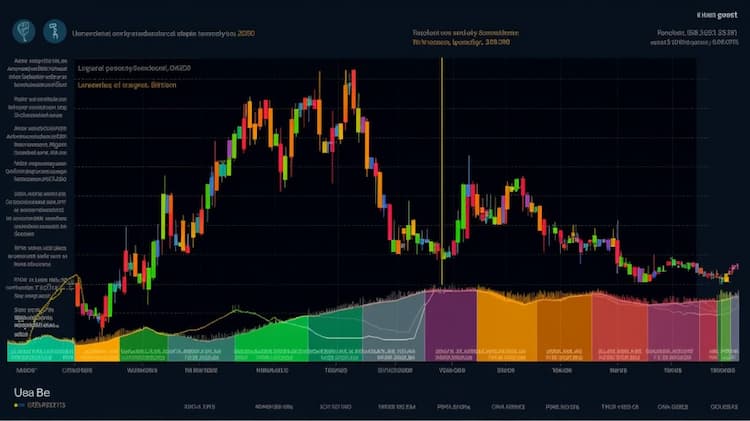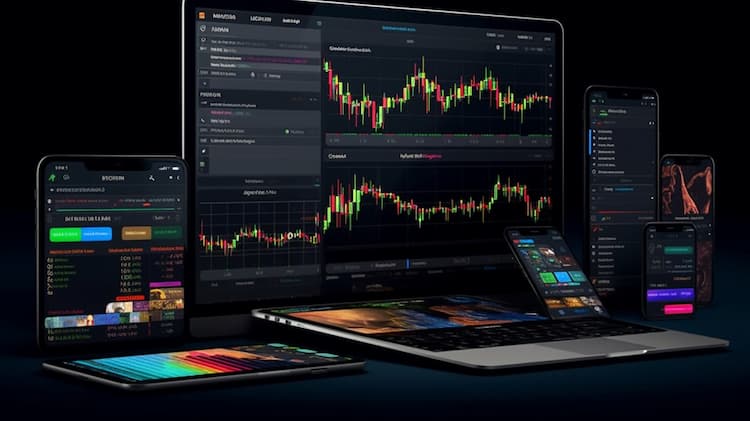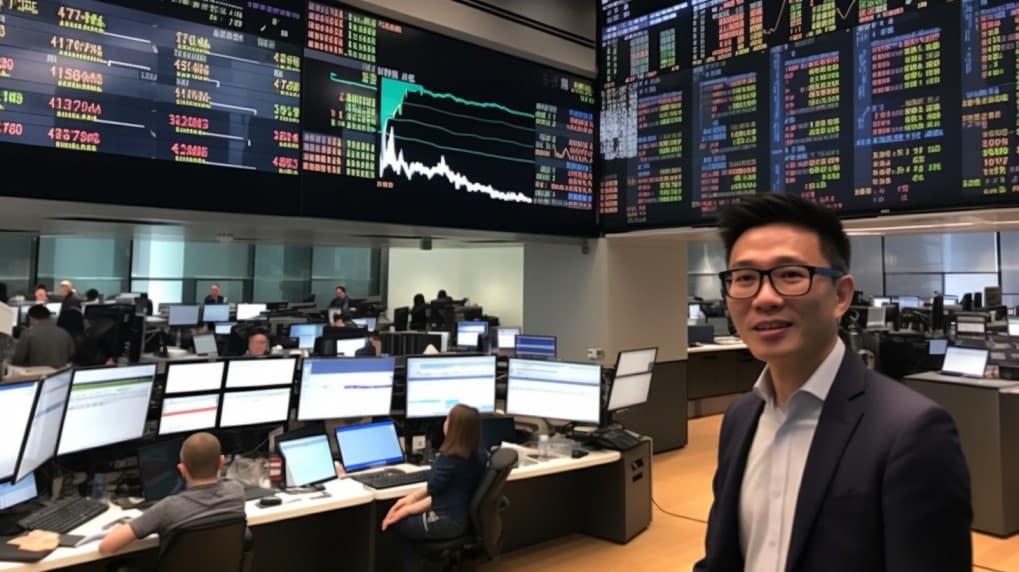
GLL VS GLTR
Exchange-Traded Funds (ETFs) have transformed the landscape of investment, offering individuals and institutions diversified exposure across various sectors and asset classes. In this article, we will conduct an in-depth analysis comparing two prominent ETFs: GLL (ProShares UltraShort Gold) and GLTR (Aberdeen Standard Physical Precious Metals Basket Shares ETF). This comprehensive exploration will cover essential aspects such as ETF tickers, full names, issuers, sectors, top holdings, capitalization, strategy, tracking, and exposure.
GLL Vs GLTR: Overview
GLL and GLTR are two ETFs with distinct investment strategies within the precious metals sector. GLL is designed to deliver twice the inverse of the daily performance of gold bullion, making it a vehicle for investors seeking to profit from declining gold prices. On the other hand, GLTR offers exposure to a basket of precious metals, including gold, silver, platinum, and palladium. Understanding these strategies is crucial for investors looking to capitalize on the dynamics of the precious metals market.
GLL Vs GLTR: Sectors and Top Holdings
The GLL ETF focuses exclusively on the gold sector and seeks to benefit from the potential downside in gold prices. Its top holdings include futures contracts and other derivatives that offer inverse exposure to gold's price movements. In contrast, GLTR's diverse approach provides investors exposure to a broader range of precious metals, which can act as a hedge against inflation and currency fluctuations. This diversification can be particularly appealing to investors seeking to mitigate risks associated with individual metal price volatility.
 GLL overlap GLL VS GLTR
GLL overlap GLL VS GLTR
GLL Vs GLTR: Capitalization and Strategy
GLL's capitalization reflects its specialized strategy. By aiming to deliver twice the inverse of gold's daily performance, GLL caters to traders and investors anticipating a decline in gold prices. On the other hand, GLTR's strategy of tracking a basket of physical precious metals aligns with a long-term investment approach. The contrasting strategies and capitalizations of these ETFs emphasize the importance of aligning investment goals with the chosen fund's characteristics.
GLL Vs GLTR: Tracking and Exposure
GLL's tracking objective involves achieving double the inverse daily performance of gold, achieved through the use of financial derivatives. In contrast, GLTR is backed by physical holdings of precious metals stored in secure vaults. Investors interested in trading the short-term movements in gold prices might find GLL's approach appealing, while those seeking broader exposure to various precious metals' long-term value may prefer GLTR's physical holdings.
Conclusion
In the realm of ETFs, GLL and GLTR offer distinct avenues for investors to navigate the precious metals landscape. Whether one aims to capitalize on inverse gold price movements through GLL or seeks a diversified exposure to a precious metals basket via GLTR, understanding each ETF's objectives and strategies is vital. For investors looking to gain deeper insights into the holdings, correlations, overlaps, and other aspects of these ETFs, ETF Insider serves as an indispensable tool. This user-friendly app empowers investors with comprehensive information about a wide range of financial instruments.
Disclaimer: This article is intended for informational purposes only and does not provide any form of investment advisory services. As with any investment decision, conducting thorough research and consulting with financial professionals is recommended.
Sources:
https://etfdb.com/GLL ETF issuer
https://etfdb.com/etf/GLL/ GLL ETF official page
GLTR quote and analysis
Discover the top holdings, correlations, and overlaps of ETFs using our visualization tool.
Our app allows you to build and track your portfolio.
To learn more about the GLTR abrdn Physical Precious Metals Basket Shares ETF, access our dedicated page now.
FAQ
Why is GLL better than GLTR?
GLL may be considered better than GLTR for some investors due to its specific focus, offering diversification.
Does GLTR beat GLL?
GLTR's performance relative to GLL will vary over time, depending on market conditions.
Should I invest in GLL or GLTR?
The choice between GLL and GLTR should align with your investment goals, risk tolerance, and desired exposure.
Are GLL and GLTR good investments?
Both GLL and GLTR can be suitable investments depending on individual investment strategies, goals, and risk profiles.
What is the correlation between GLL and GLTR?
The correlation between GLL and GLTR can vary over time, reflecting differences in performance.



